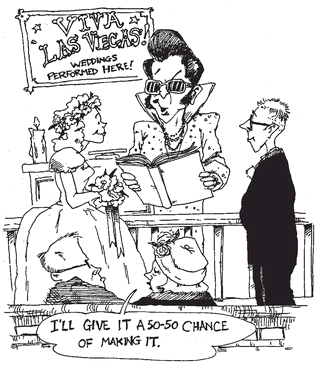CHAPTER 11
The Market Implied Merger Probability

INTRODUCTION
The spread value in a merger deal is a measure of the profit potential of a trade. Knowledgeable players in the marketplace are likely to carefully assess the profit potential and inherent risks and put on a position according to their judgements. If the value of the spread is large and the risks inherent in the successful completion of the merger are small, then we can expect that the players would put on a large position causing the spread to narrow. If, however, the value of the spread narrows disproportionate to the risks, then we can expect some profit taking causing the spread to widen. If there are sufficient players in the marketplace engaging in risk arbitrage, the spread would then in some sense represent the consensus estimate of the risk involved in the deal and thereby the odds of successful completion of the merger. Therefore, it makes sense to construct models to estimate the odds of merger success taking the value of the spread into account.
In this chapter, we discuss a method to assess the probabilities of merger as reflected by the spread between the stock prices of the merging companies. The method is based firmly on the classical results of the Arrow-Debreu theory of contingent claims. The probabilities derived are called risk neutral probabilities.
Risk neutral probabilities calculated for a ...
Get Pairs Trading: Quantitative Methods and Analysis now with the O’Reilly learning platform.
O’Reilly members experience books, live events, courses curated by job role, and more from O’Reilly and nearly 200 top publishers.

